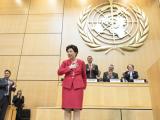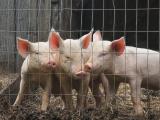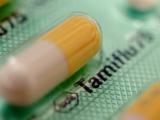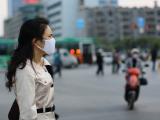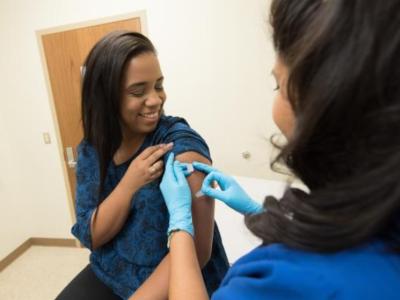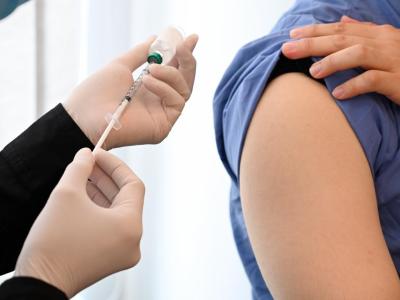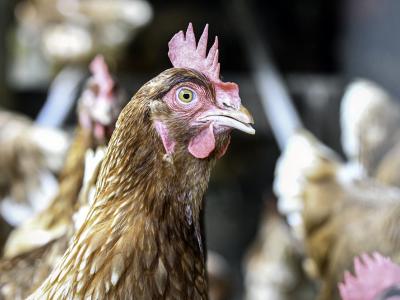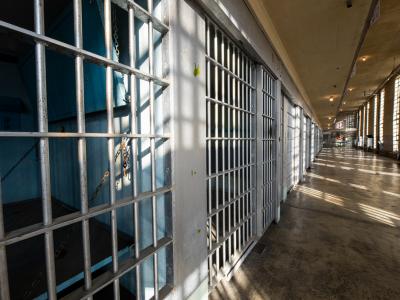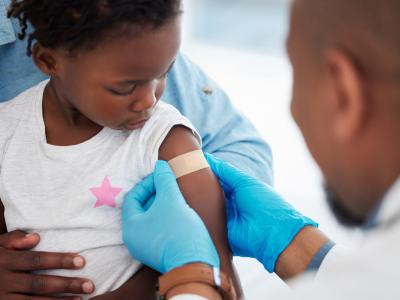Nov 11, 2009 (CIDRAP News) – After a slow start in producing H1N1 flu vaccine, Sanofi Pasteur has improved yields threefold and expects to fulfill its government order for 75 million doses by the end of the year, company officials said today.
"We promised to provide 75 million doses by the end of the year, and we'll do exactly what we said we were going to do," Christopher Viehbacher, chief executive officer (CEO) of Sanofi-Aventis, Sanofi Pasteur's corporate parent, told reporters at a briefing that was streamed over the Web today.
The 75 million doses expected from Sanofi make up about 30% of the 251 million doses the Department of Health and Human Services has ordered from five companies. As of Nov 6, about 38 million doses had been produced by all the suppliers.
Wayne Pisano, Sanofi Pasteur president and CEO, said the company will have produced 20 million doses by the end of this week. He said the company is still "a little behind" early projections, as it had originally expected to produce 20 million doses by the end of October, but is catching up.
"In 3 weeks we'll be ahead of schedule," Pisano said.
Sanofi's facilities in Swiftwater, Pa., are also engaged in making 50 million doses of seasonal flu vaccine for the US market—about 45% of the US supply. Officials at the briefing said about 40 million doses have gone out the door so far, and the rest are expected by the end of this month.
Sanofi officials stressed the difficulty of the challenge they faced in developing, testing, and producing the H1N1 vaccine while also making the seasonal vaccine.
Pisano said the company received the vaccine seed virus from the CDC at the end of May and produced the first test lot of vaccine within a month after that.
Four months after getting the seed virus, "after extensive testing, we delivered the first doses to the US government," he said. "Typically this process takes 6 months; this was done in 4 months. No corners were cut. People simply worked 24 hours a day, 7 days a week."
Federal officials have cited low production yields of the egg-based vaccine as the main reason early supplies have been far below what was predicted in the summer and early fall. Sanofi officials assumed that initial production yields from the new vaccine virus would be only about 50% of the historical average, but in reality they turned out to be only about 30% of average, Pisano said.
"But we've been able to improve it threefold to where we're now basically getting the same yields with H1N1 as we do with the seasonal strain," he said.
In other comments, Sanofi officials reiterated their commitment, first announced in June, to give 100 million doses of H1N1 vaccine to the World Health Organization for distribution to needy countries.
Without giving a specific timetable for the donation, Viehbacher said the company is about to begin shipping doses to the WHO and will continue over the next several weeks.
Dr. David Greenberg, Sanofi Pasteur's senior director of scientific and medical affairs, reviewed H1N1 vaccine trial results that the company initially reported in early October. He noted that the National Institutes of Health is conducting six additional trials of the company's vaccine.
See also:
Jun 17 Sanofi news release about plans to give vaccine to the WHO
http://en.sanofi.com/Images/13959_20090617_pacific_health_summit_en.pdf
Oct 23 CIDRAP News story "More clouds in H1N1 vaccine supply picture"


